
KNIGHTS OF THE SKIES
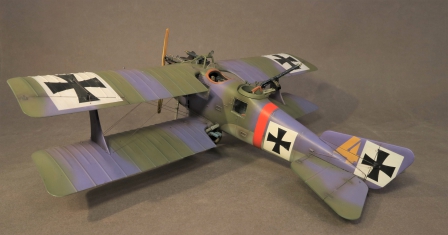
ACE-50
LFG Roland Clla,
Western Front 1916
(2 pcs)
US$288
The C.II had much lower drag than comparable aircraft of its time.
It featured a monocoque fuselage
built with an outer skin of two layers of thin plywood strips
at an angle to each other (known as a Wickelrumpf,
or "wrapped body" design)
This had both lower drag and better strength per weight than
typical aircraft of the time,
but it was relatively slow and expensive to build.
(This approach was further developed in the de Havilland Mosquito of World War II.)
The deep fuselage completely filled the vertical gap
between the wing panel center sections,
eliminating any need for cabane struts commonly used in biplanes,
and gave the aircraft its "whale" nickname.
Struts and wires were reduced, without suffering the weight penalty of cantilever wings,
like those used
on the pioneering all-metal Junkers J 1 of late 1915.
There was even some attempt to flair the wings into the fuselage,
to eliminate dead air space,
a feature prominently missing from the Schneider Trophy contestants of the following decade.
The engineer in charge of the design was Tantzen,
who was a student of Ludwig Prandtl,
the founder of mathematical aerodynamics
and the one to introduce the concept of boundary layer.
The C.II was powered by a single 160 hp (120 kW) Mercedes D III,
providing a top speed of 165 km/h (103 mph),
a ceiling of 4,000 metres (13,000 ft) and an endurance of four hours.
The LFG Roland C.II, usually known as the Walfisch (Whale),
was an advanced German reconnaissance aircraft of World War I.
It was manufactured by Luft-Fahrzeug-Gesellschaft G.m.b.H.
LFG,
later changed their name to Roland to avoid confusion
with LVG (Luft-Verkehrs-Gesellschaft).
They were responsible for some of the most aerodynamic and innovative aircraft designs of the Great War.
The Walfisch was designed as aerodynamically as possible at the time,
which resulted in a smooth fuselage featuring many compound curves
and mounting the top wings to the fuselage to avoid drag from the struts.
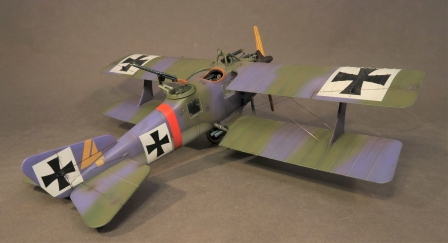
|

|

|
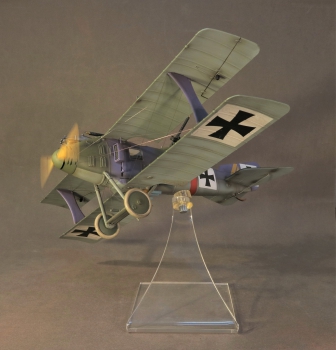
|
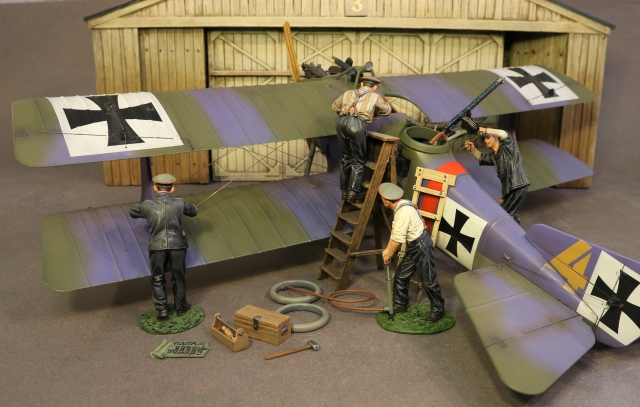 |
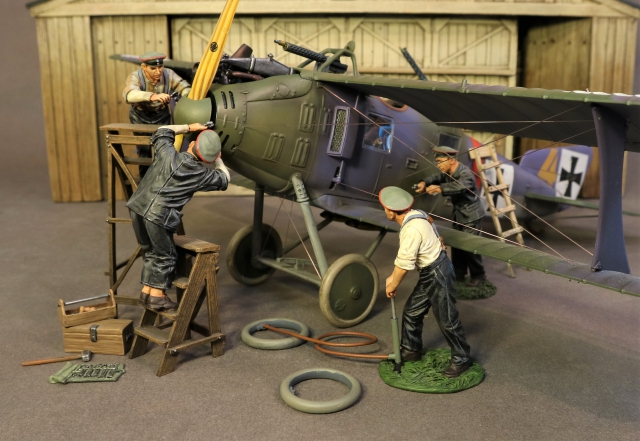
|
We now accept PAYPAL,
to purchase your figures please send your order by e-mail to
inquiry@johnjenkinsdesigns.com
after checking that everything is available,
you will be billed via PAYPAL.
your order will be shipped on confirmation of payment.
worldwide airmail 12%
(minimum postage us$10)
JOHN JENKINS DESIGNS
UNIT 6E, TOWER 2,
KING LEY INDUSTRIAL BUILDING,
33-35 YIP KAN STREET,
WONG CHUK HANG,
HONG KONG
Tel: 852 9041 9065







